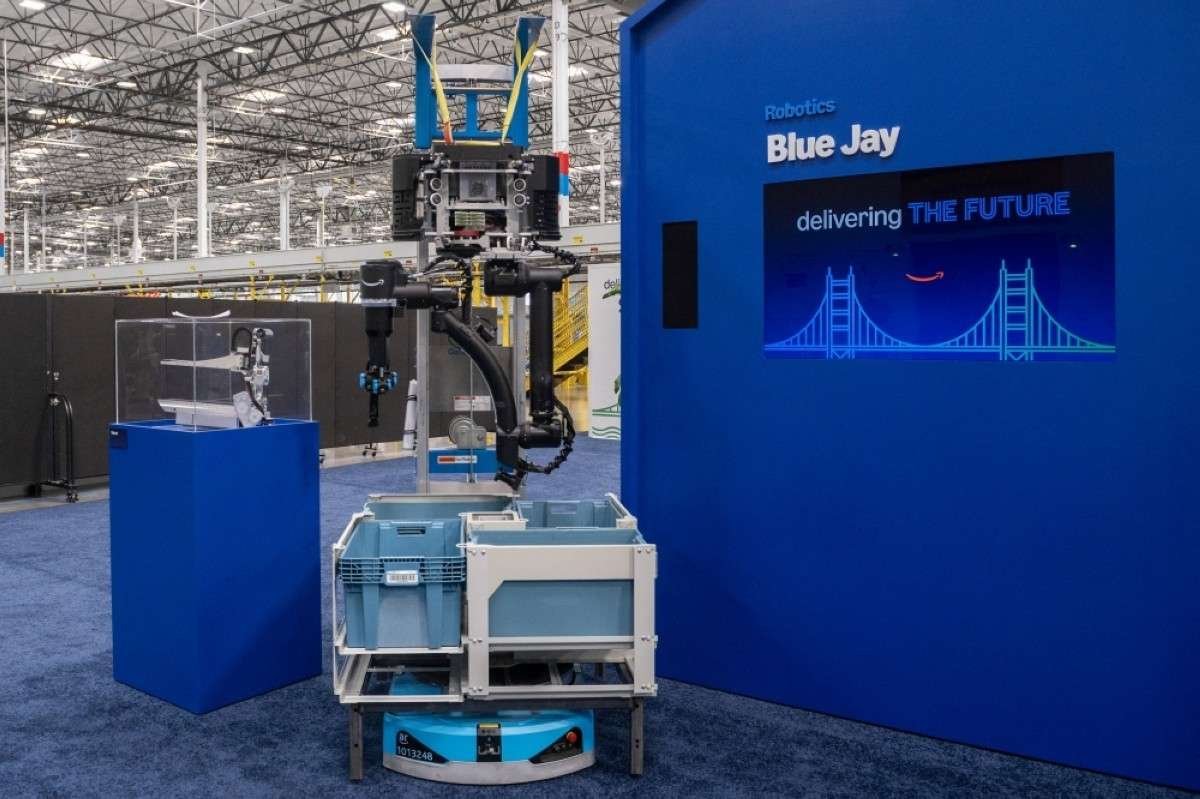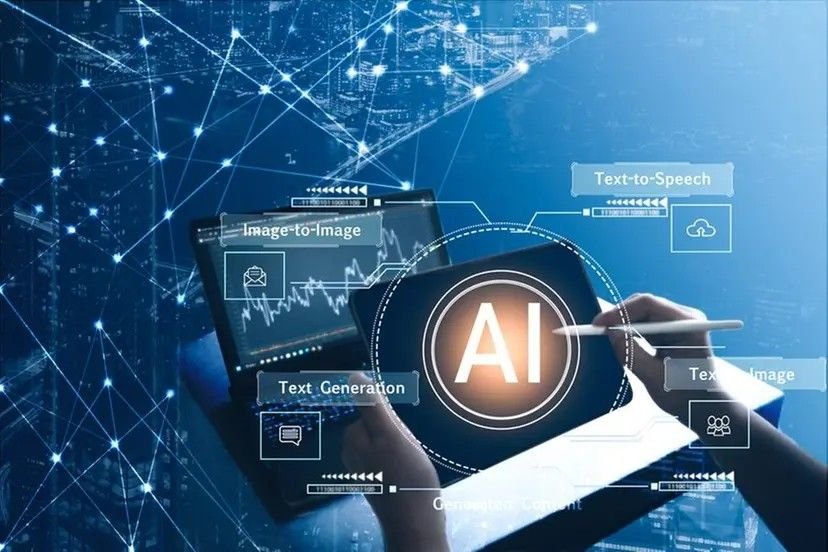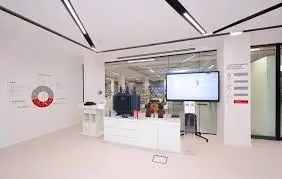Amazon has unveiled a new generation of AI-driven robots and automation systems designed to revolutionize warehouse operations, marking a major leap in the company’s push toward faster, more efficient fulfillment while reigniting debate about the future of human labor.
At a Silicon Valley demonstration on Wednesday, Amazon showcased its “Blue Jay” robotic arms, capable of autonomously picking, sorting, and consolidating packages at a single workstation. The company said these next-generation systems—developed in just over a year—represent a two-thirds reduction in design and deployment time, thanks to AI-powered engineering tools.
“That’s the power of AI,” said Tye Brady, Chief Technologist at Amazon Robotics. “We’re on a trajectory to supercharge innovation at scale, accelerating how quickly we can transform our operations.”
The Blue Jay robots, currently being tested in South Carolina, build on earlier models such as “Vulcan,” which Amazon introduced earlier this year with tactile sensing capabilities that allow it to “feel” and handle items more precisely.
AI at the Core of Warehouse Transformation
Amazon also presented an AI management agent that coordinates robots and human teams in real time, optimizing workflows and boosting productivity. Beyond warehouses, the company displayed smart glasses for delivery drivers, equipped with cameras and heads-up navigation displays.
Brady emphasized that these systems are designed to assist workers rather than replace them, framing automation as a safety and efficiency enhancer. “These are not experiments—they’re real tools built for our frontline employees to make their jobs safer, smarter, and more rewarding,” he said.
Job Impact and Industry Concerns
Despite these assurances, concerns persist about the long-term impact of automation on Amazon’s vast workforce. The New York Times reported that increasing robotics could allow the company to avoid hiring as many as 160,000 workers over the next two years, particularly seasonal staff during peak demand periods.
Amazon, the second-largest private employer in the United States, maintains that automation has historically created more jobs than it replaced, citing continued growth in logistics, engineering, and technology roles.
As Amazon continues to blend AI, robotics, and human collaboration, the company positions itself as a global leader in intelligent logistics, redefining how goods move from warehouse to doorstep—faster, smarter, and increasingly autonomous.















